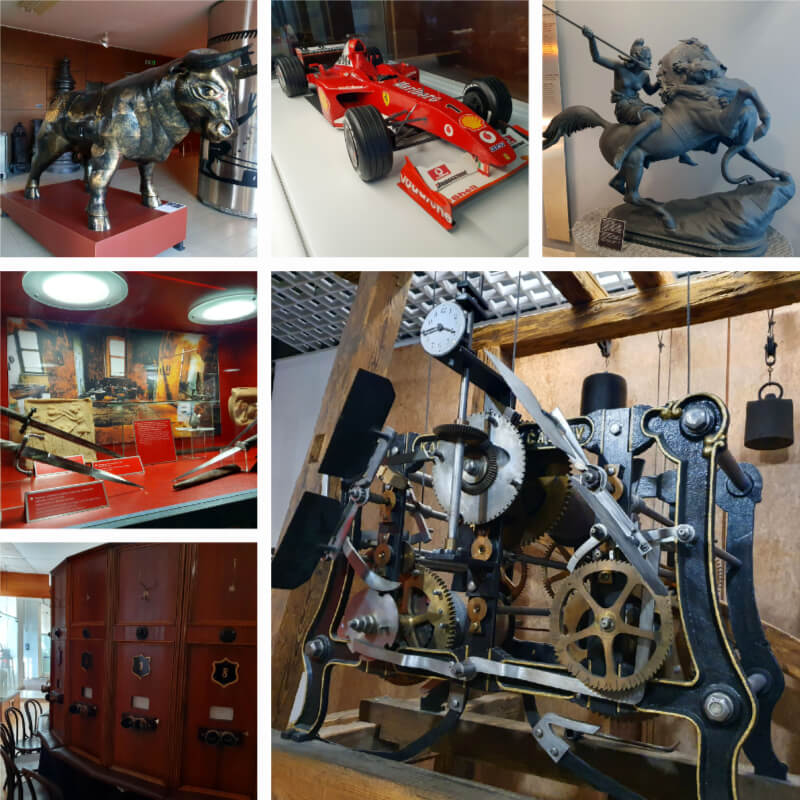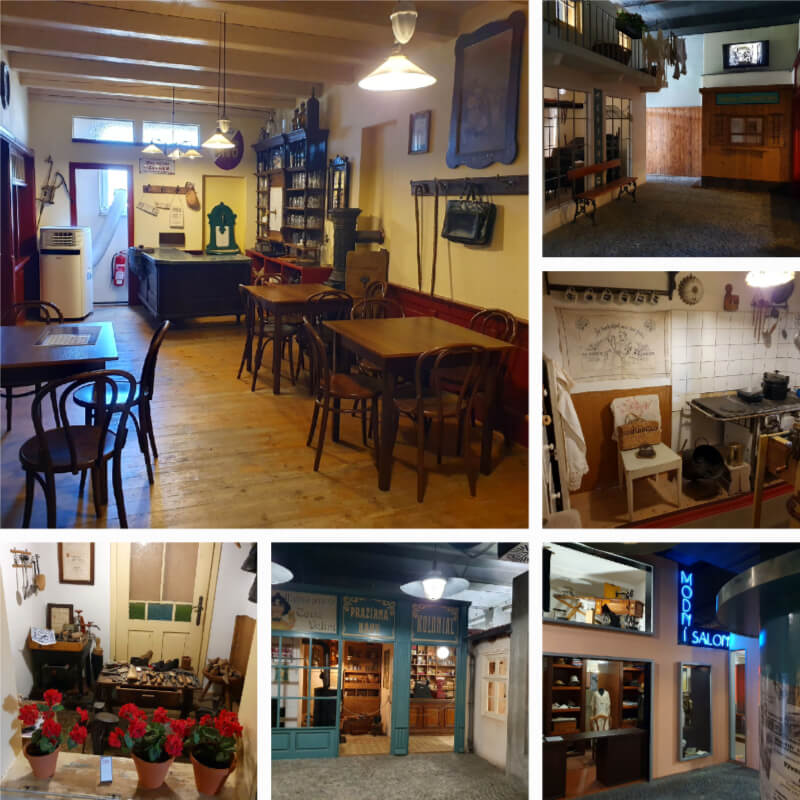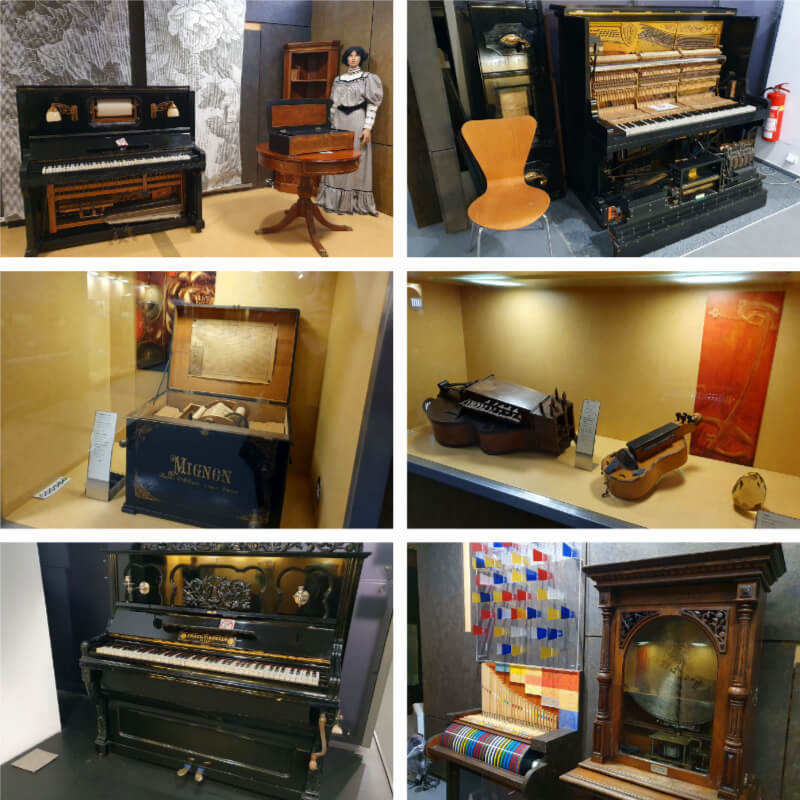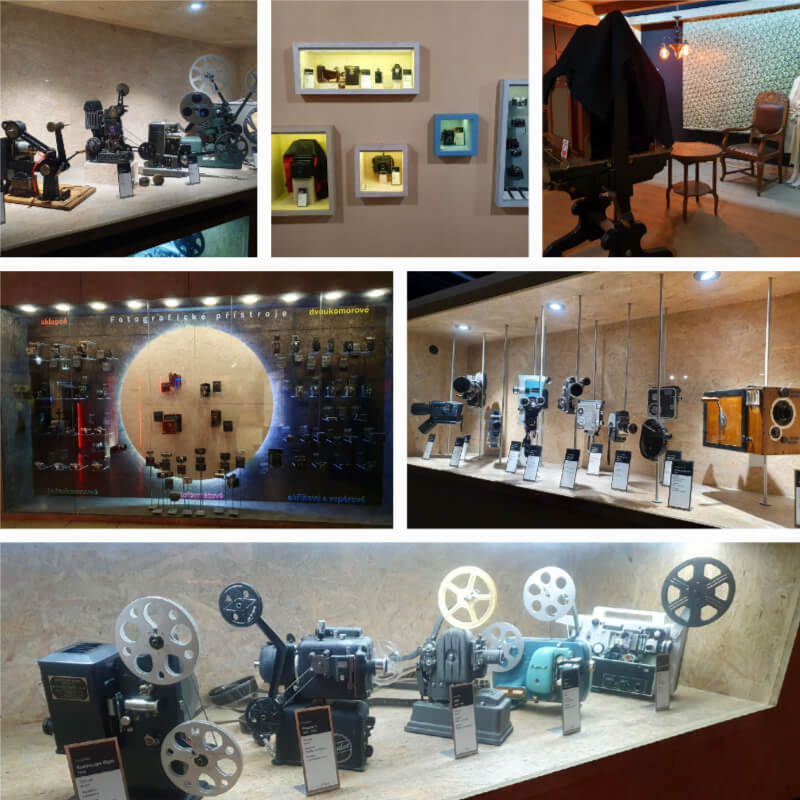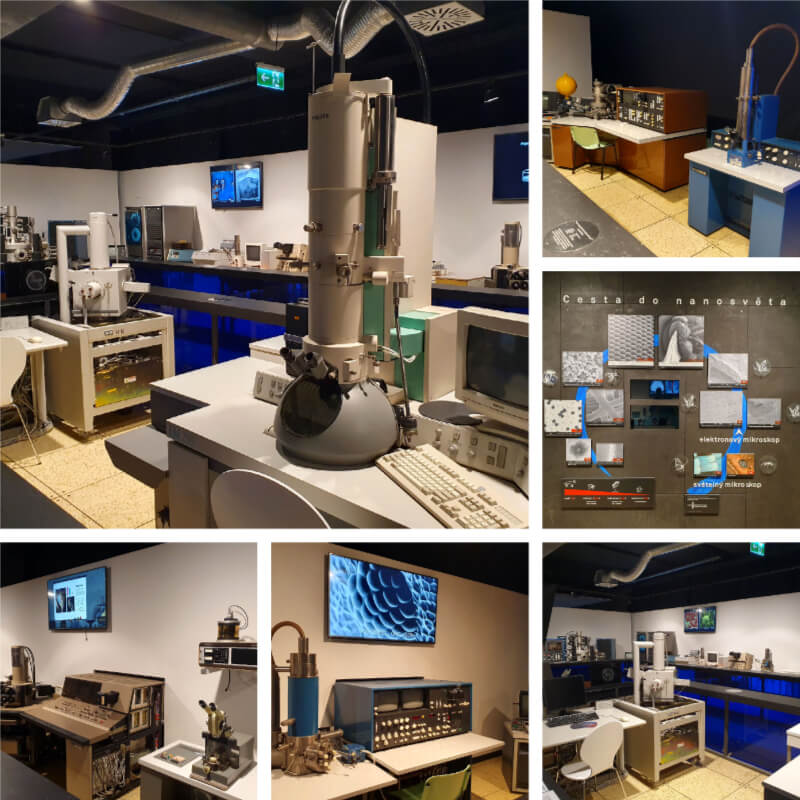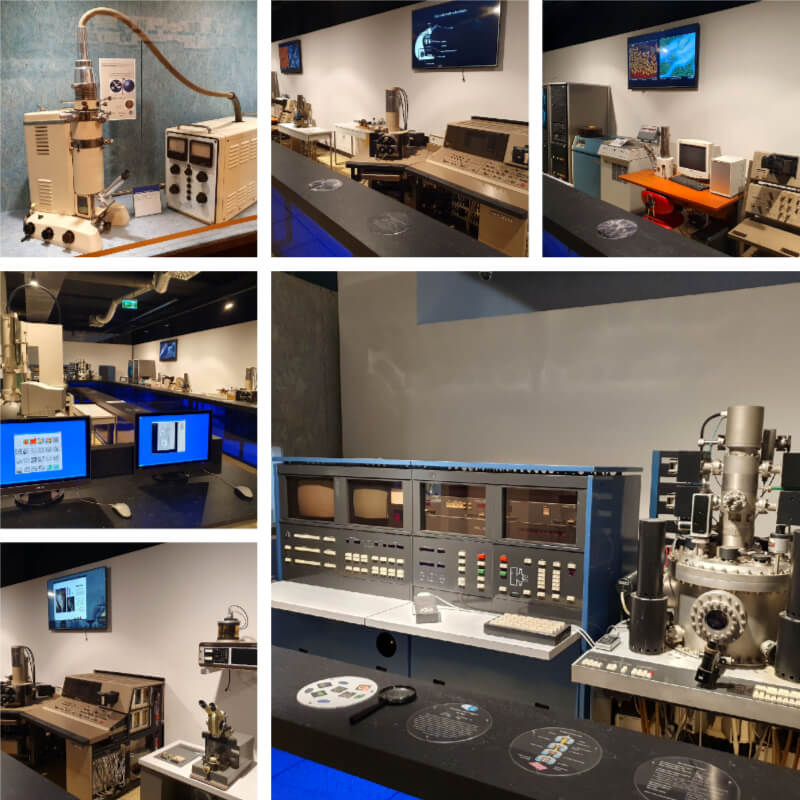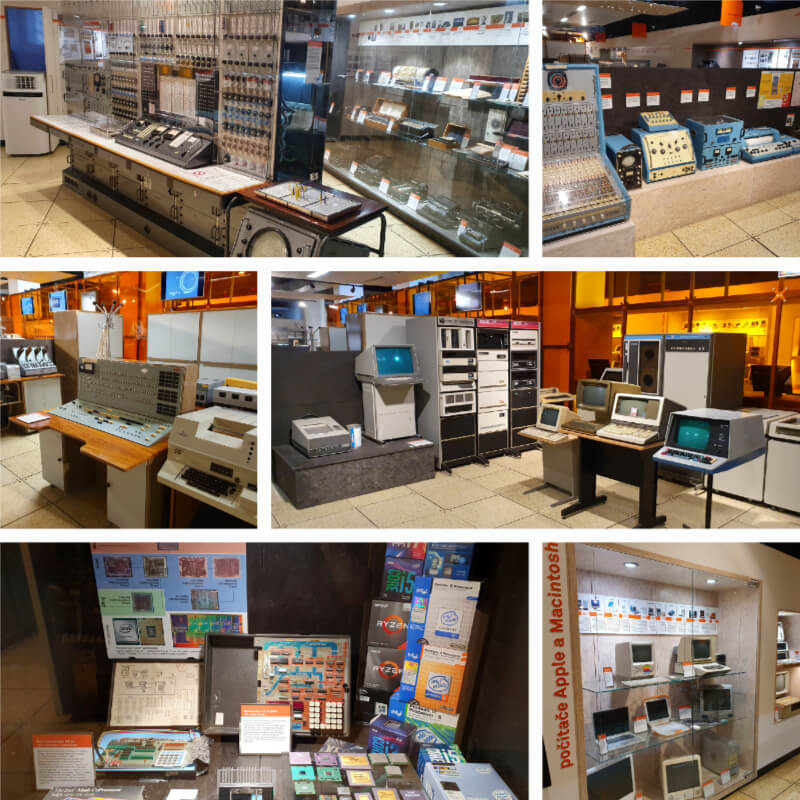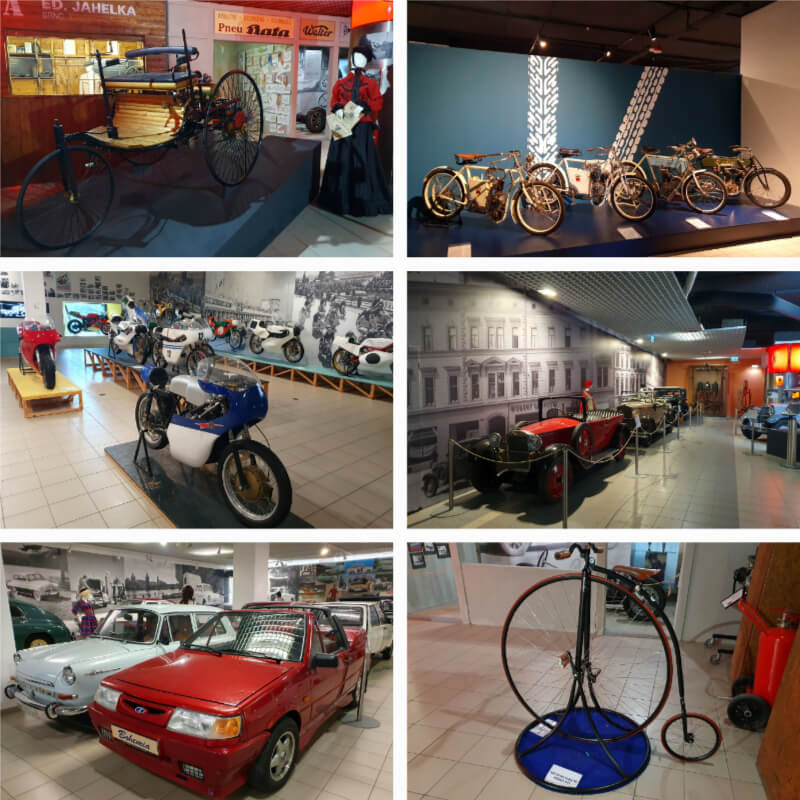History of science and technology
The study of the past has been an important part of our society since the beginning. Researching history helps us understand ourselves, where we come from and how we fit into our community. History tells us about our ancestors, our roots and helps us understand more about world events, discoveries and development. It helps to get to know and learn about the culture of other people. Through it, we can better understand, accept and appreciate differences, as well as learn from the mistakes of the past. Sciences and history teach you to learn, give perspective, explanation, teach you to see connections, educate you to tolerance, give you ideas and thus encourage you to develop.
“Science is a way of life. Science is a perspective. Science is the process that takes us from confusion to understanding in a manner that’s precise, predictive and reliable – a transformation, for those lucky enough to experience it, that is empowering and emotional.”
– Brian Greene
The exhibitions
The Technical Museum in Brno was founded in 1961. This is the largest technical museum in Moravia. It has several permanent exhibitions, which are arranged on each floor of the building. They include many topics such as the history of metallurgy, the structure and operation of clockwork machines or machine music and musical instruments.
Nine electron microscopes can be viewed at the Optics exhibition, which shows their development from the 18th century to the present day. This is also where the presentation of photography and cinematography took place, with the presentation of the family of cameras. Through the history, use and operation of these devices, we can learn more about the various laws of physics and their technical application.
At the Computer Technology exhibition, we can also see the development of generations of calculators and computers. They introduce the parts of a computer and how it works. Processor generations, various input peripherals such as keyboards, and the development of output peripherals such as monitors and printers. On another floor you can see a huge exhibition with old vehicles. With old cars, racing cars (there is also a room for Formula 1 cars), aircraft, steamships and water machines.
In addition to the exhibition, it also functions as a research organization. Their task is to research various scientific and technological fields, create and document object collections, and present the results on the exhibitions.
“The number one benefit of information technology is that it empowers people to do what they want to do. It lets people be creative. It lets people be productive. It lets people learn things they didn’t think they could learn before, and so in a sense it is all about potential.”
– Steve Ballmer
